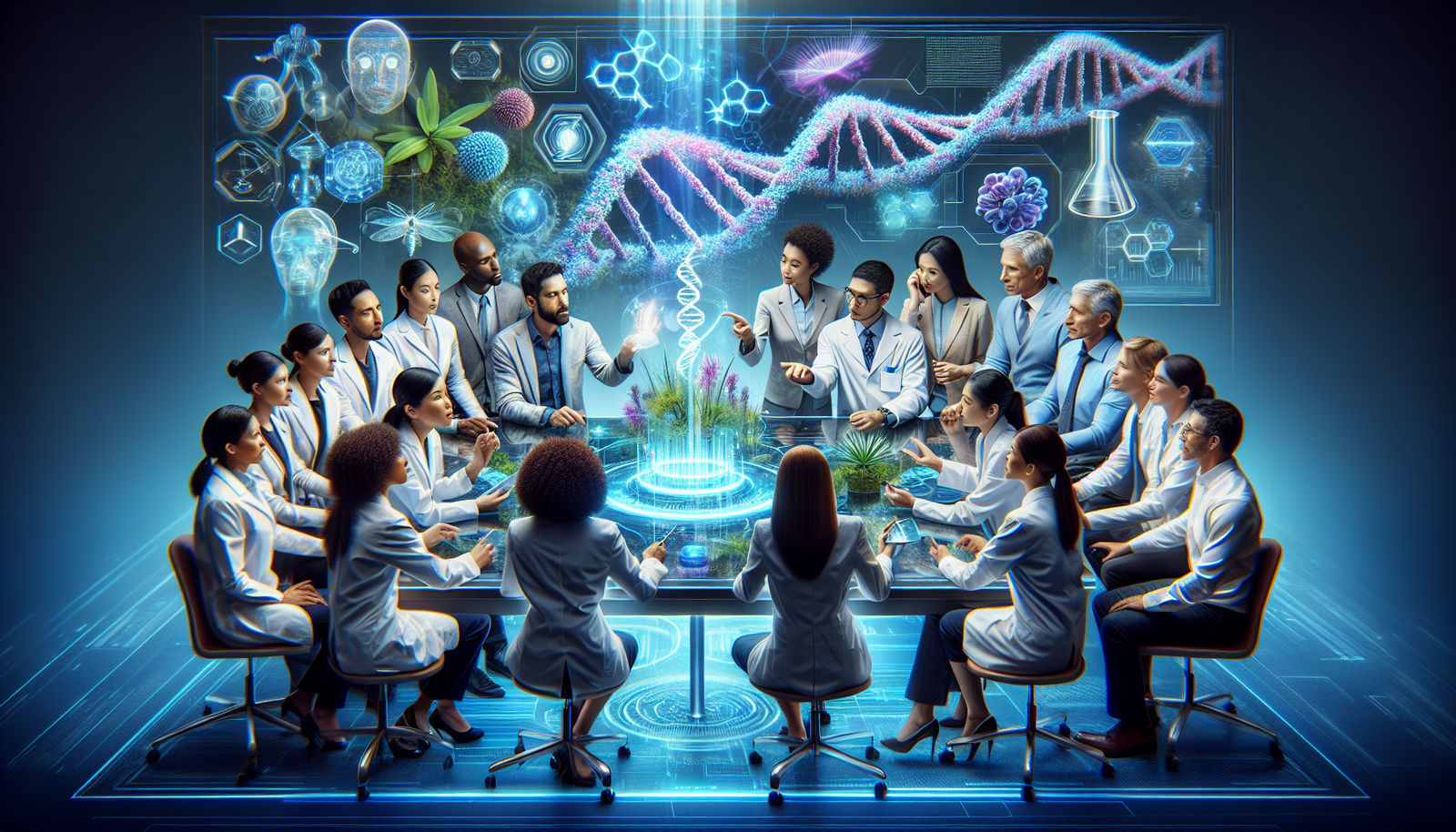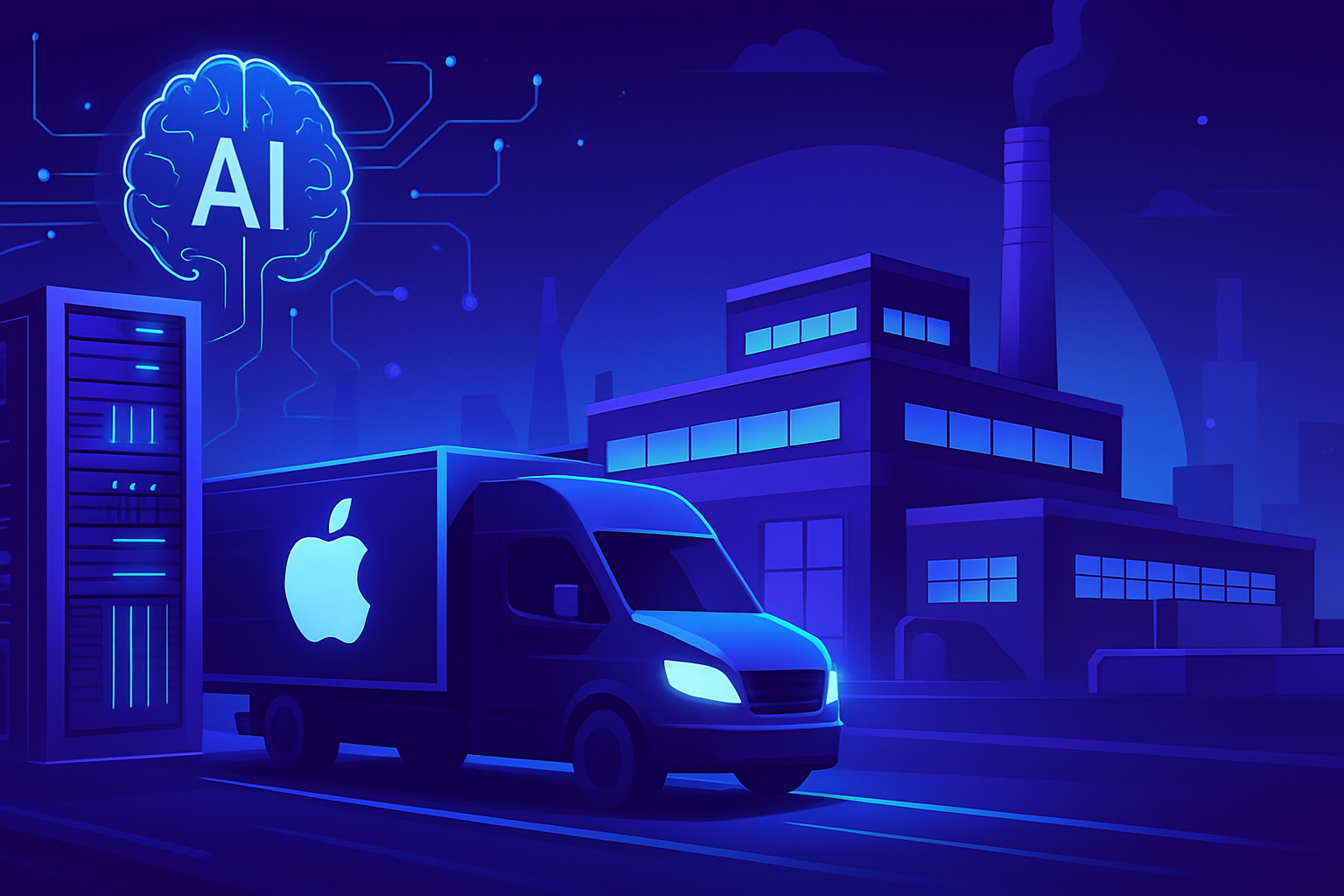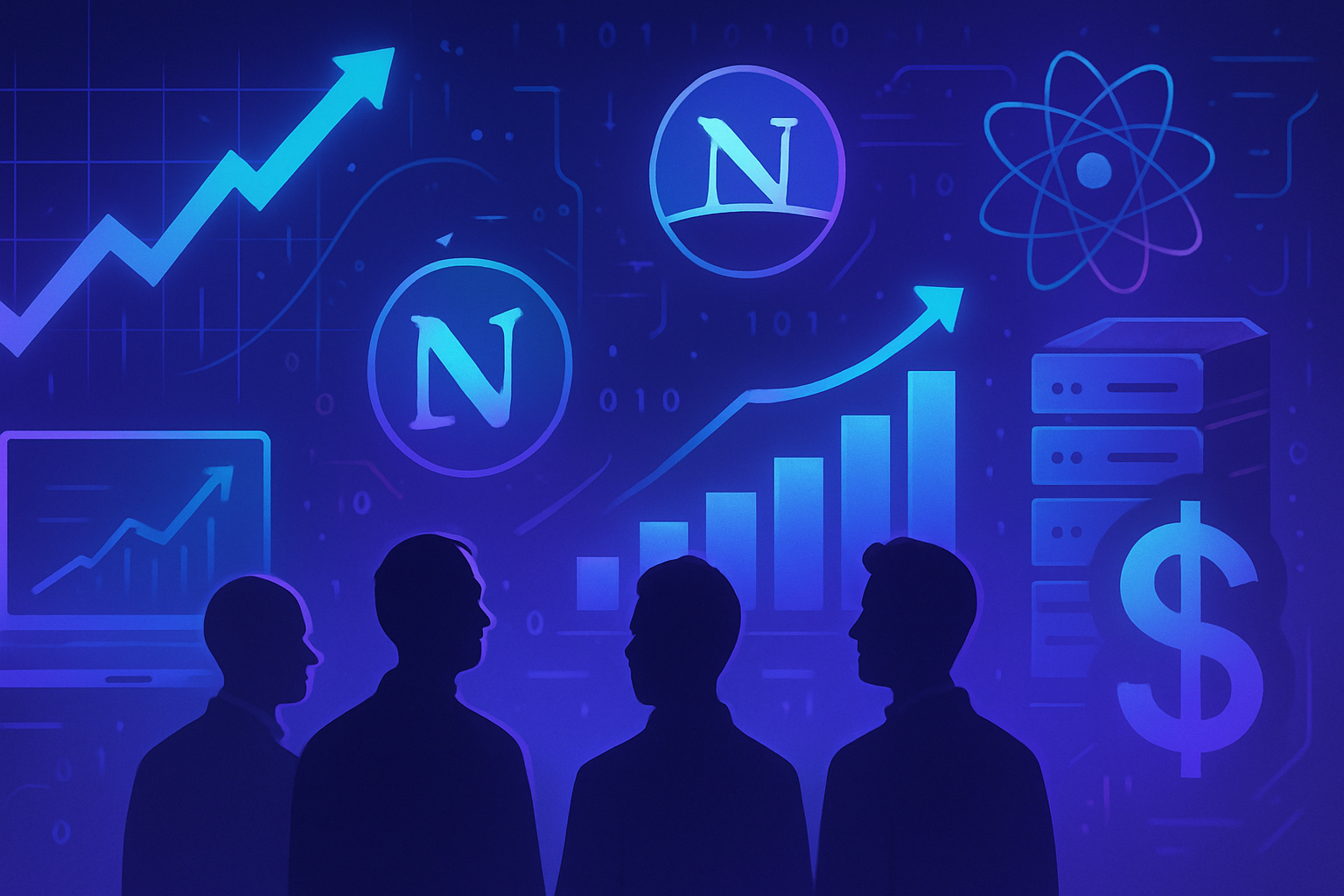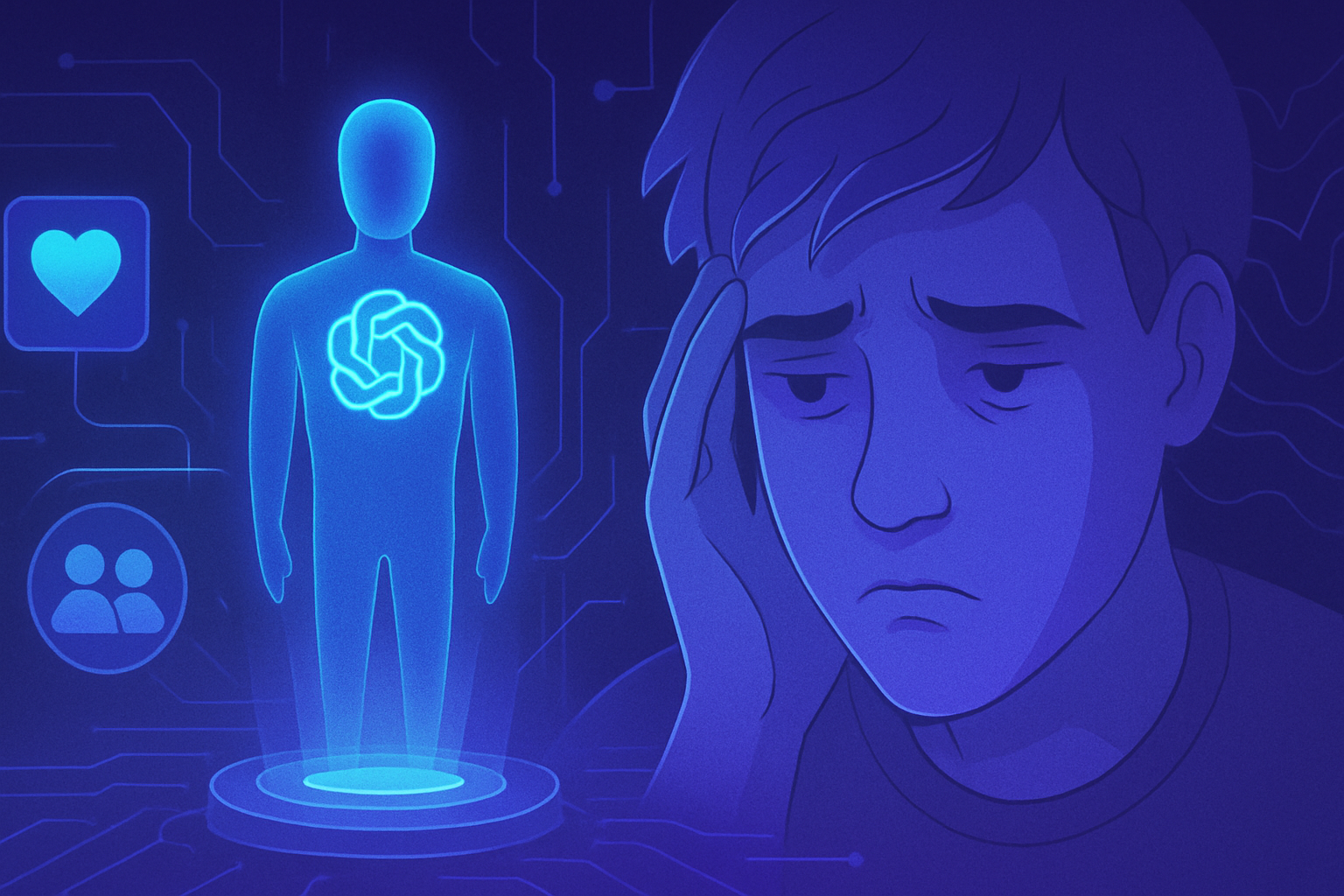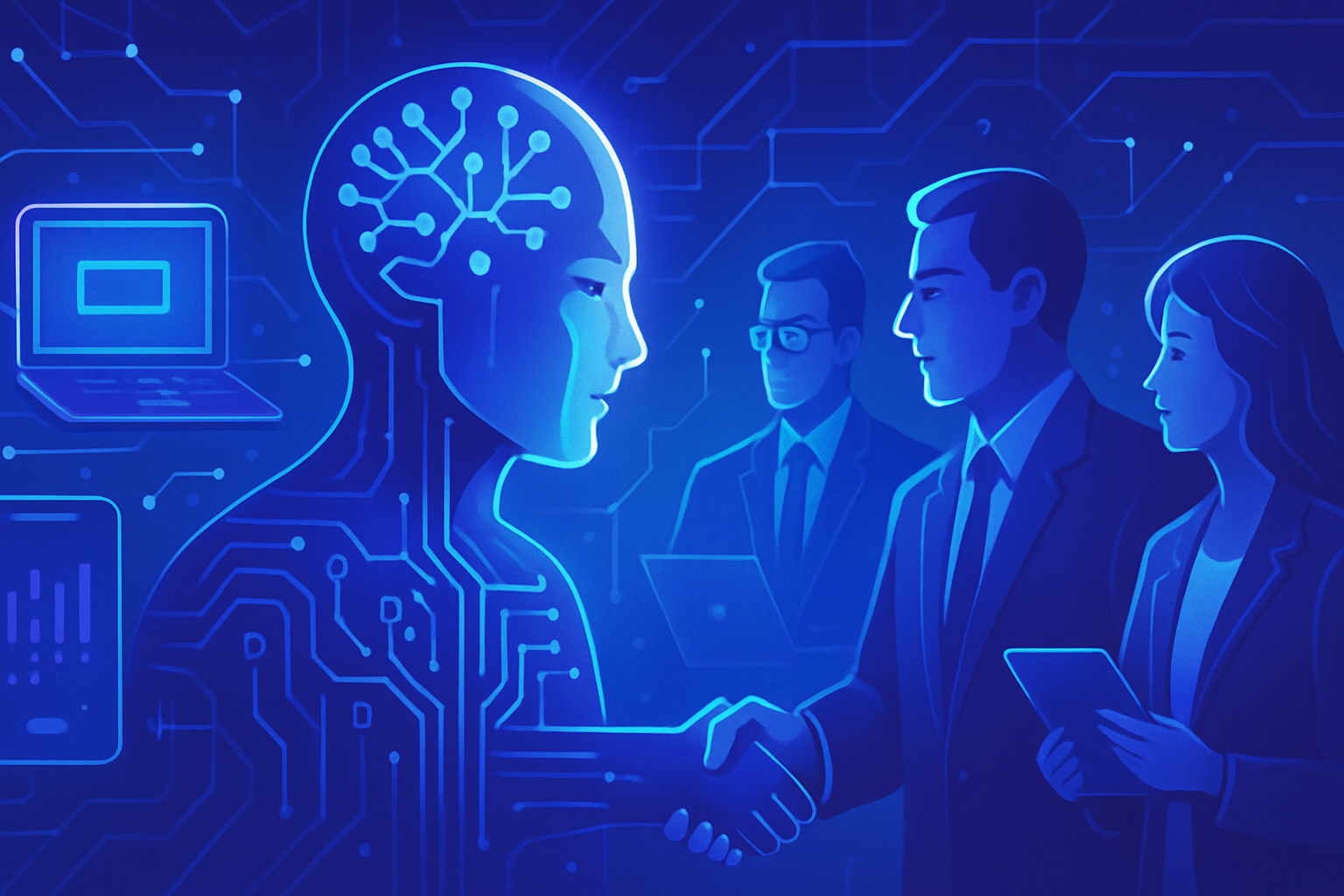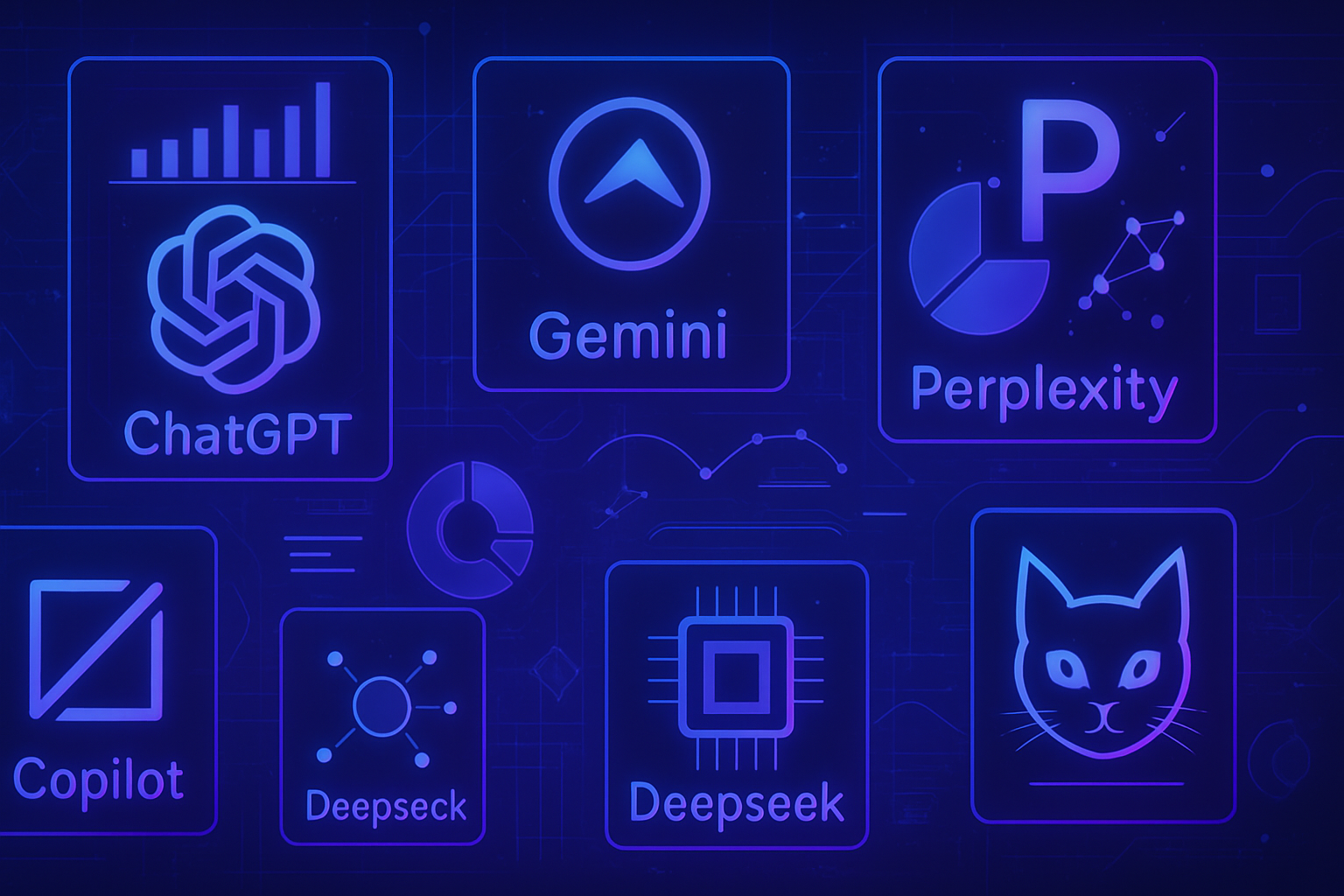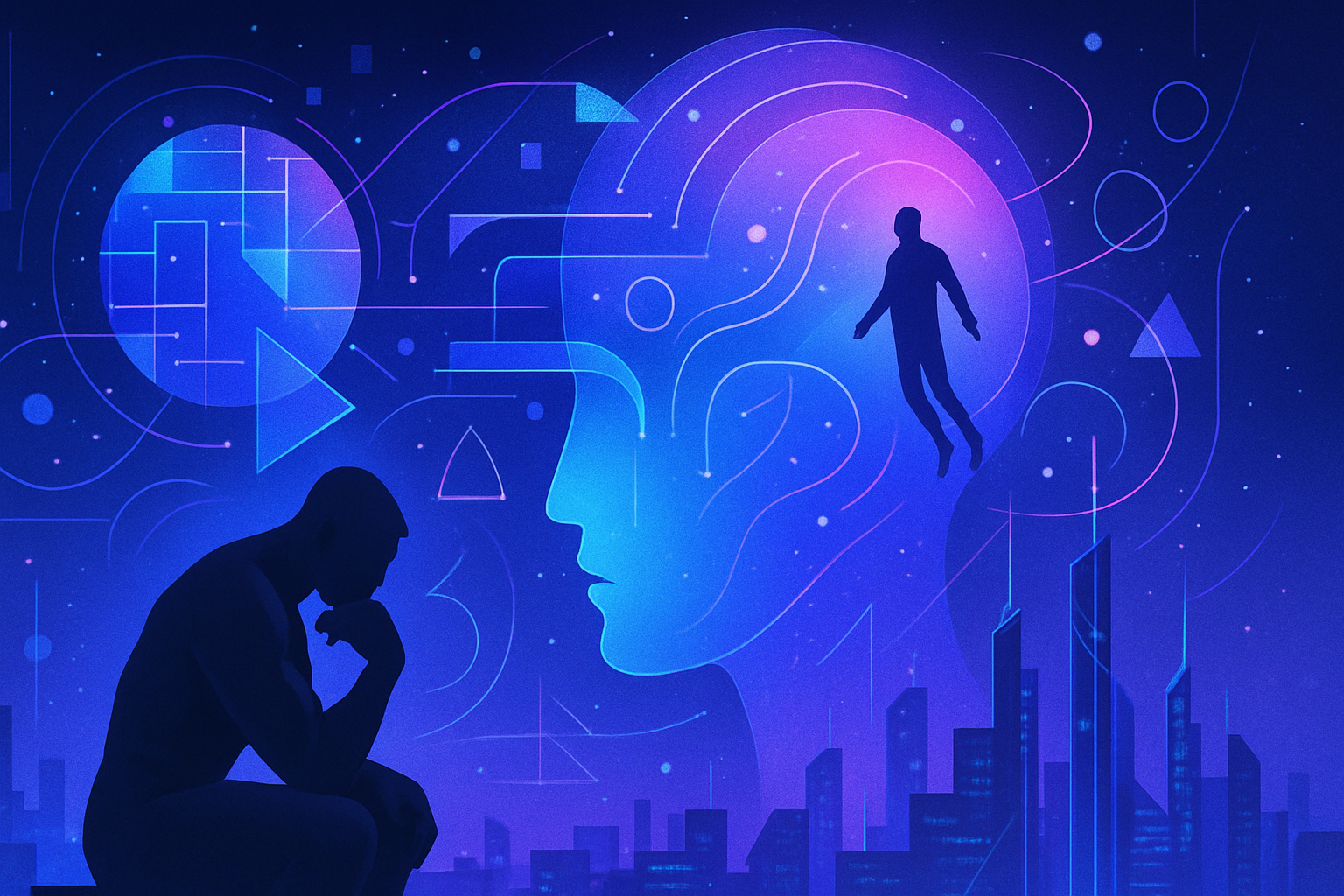Genetic regulation is transforming thanks to the undeniable contribution of Artificial Intelligence, which is revolutionizing our understanding of gene expression mechanisms. The emergence of this cutting-edge technology allows for the design of more effective DNA sequences, tailored to specific cells. Innovative solutions offer unexplored perspectives for treating complex diseases, making these scientific advances more accessible.
The fusion of AI with molecular biology is leading to significant progress in research. An immense potential is opening up for the scientific community, stimulating multidisciplinary collaborations between biologists, computer scientists, and engineers. Current research proposes to reinterpret genetic data through an innovative lens, promising to elevate genetic regulation to unprecedented levels.
Artificial Intelligence and Genetic Regulation
Advancements in Artificial Intelligence (AI) offer new perspectives in the field of genetic regulation. Understanding the mechanisms that govern gene expression remains a major challenge for scientists. The complex interaction between genes and their regulation can influence various biological processes as well as pathologies. AI proves to be an innovative partner in conceptualizing new regulatory sequences.
The Disappointment of Human Genome Sequencing
After the completion of human genome sequencing, many researchers experienced a certain disillusionment. Sequencing did not provide all the answers regarding how DNA transforms into tissue diversity. This highlighted the need to decipher the regulatory elements that dictate how and when a gene is expressed. The complexity of these mechanisms still exceeds classical analytical capabilities.
Cis-Regulatory Elements
Researchers have recently focused on cis-regulatory elements, or CREs. These DNA fragments act as promoters by binding to proteins called transcription factors. This initiated binding determines whether a gene will be translated into a protein or not. Using advanced machine learning techniques, researchers have succeeded in designing CREs with enhanced specificity compared to those found in nature.
Machine Learning and Sequence Creation
The use of machine learning has enabled the generation of particularly active CREs in certain cells. The process relies on mathematical models capable of learning and adapting from vast datasets. By producing unique regulatory slots, AI has improved the performance of gene regulation tools.
The Use of Artificial Neural Networks
Efforts have involved artificial neural networks designed to identify sequences likely to act specifically on a cell type. AI was trained on a wide range of cellular data, enabling the design of unprecedented sequences. These have proven highly effective for gene regulation in targeted cells.
Technical Challenges and Futuristic Perspectives
The random generation of CREs is not a viable option, given the astronomical number of combinations to analyze. Their results suggest that AI could play a decisive role in the future development of synthetic biology. With the emergence of complex algorithms, these advances could allow for a better understanding of regulatory mechanisms related to diseases and individual health.
Practical Application and Impact on Biotechnology
In a practical setting, these advances could transform the landscape of biotechnology by facilitating the development of new therapies. The implications of creating more targeted CREs could enhance not only fundamental research but also personalized medicine. AI thus paves the way for a new era, where genetic regulation occurs in synergy with cutting-edge technologies.
FAQ on Artificial Intelligence and Genetic Regulation
How does artificial intelligence contribute to genetic regulation?
Artificial intelligence allows for the analysis of complex data and the identification of patterns in DNA sequences, thereby facilitating the design of more effective regulatory sequences than those found in nature.
What types of data are used to train AI models in genetic regulation?
AI models rely on vast datasets, including thousands of DNA sequences and their activities in different cell types, to learn to recognize specific regulatory elements.
What advantages does machine learning offer in developing new regulatory sequences?
With machine learning, it is possible to design regulatory sequences with greater specificity and efficiency based on targeted cell types, thus optimizing gene expression.
Can AI-designed regulatory sequences be used in living organisms?
Yes, these regulatory sequences have been successfully tested not only in vitro but also on transgenic animal models, proving their efficacy in real biological conditions.
What are cis-regulators and why are they important?
Cis-regulators are DNA fragments that act as promoters, binding to transcription factors to influence gene expression. They play a crucial role in regulating gene activity.
What challenges do researchers face in designing regulatory sequences?
The main challenge lies in the exponential number of possible nucleotide combinations, making the search for optimal sequences extremely complex without the use of tools like artificial intelligence.
How could artificial intelligence transform agriculture?
By optimizing the regulatory mechanisms of genes related to agronomic traits, AI can help develop more resilient and adaptable crops to changing environmental conditions.
Are there ethical implications related to the use of artificial intelligence in biology?
Yes, the application of AI in genetic regulation raises ethical questions, particularly regarding safety, adherence to environmental standards, and the consequences of using genetic modifications in living organisms.
What future developments are expected in this field?
Further integration of AI into biotechnology research is anticipated, with advances in the personalization of medical treatments and a better understanding of genetic regulatory mechanisms.
